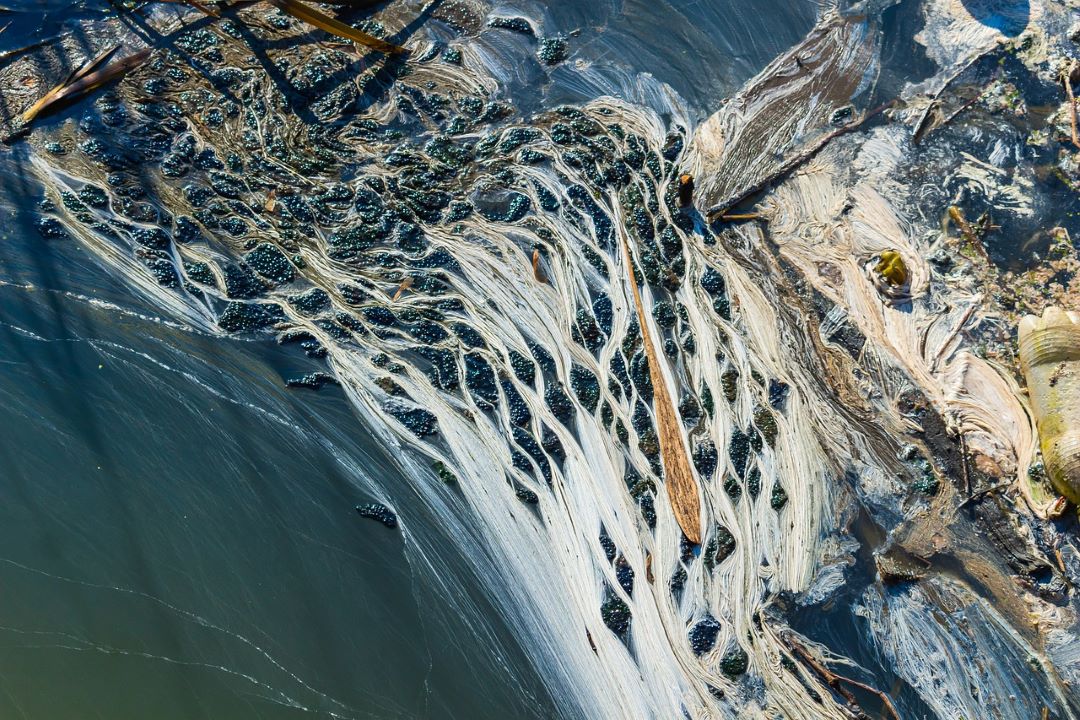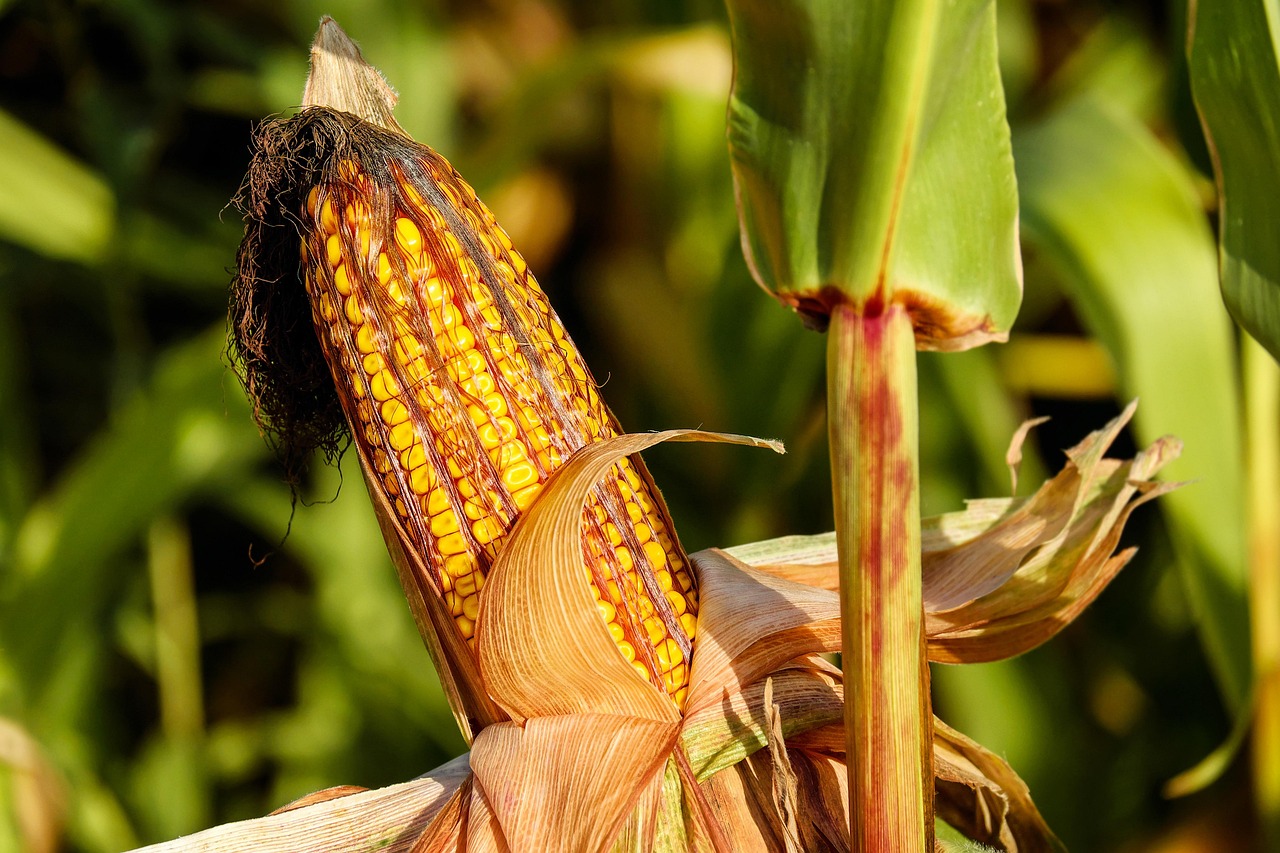A new report from researchers at the University of York warns that pollution of rivers worldwide by pharmaceuticals poses a threat to us all. In their study, they found high concentrations of substances for pain, epilepsy, and diabetes in watercourses, as well as nicotine and caffeine.
Worldwide Rivers Suffer from Drugs Pollution
The researchers in this study took water samples from more than a thousand test sites in about a hundred countries worldwide. It turned out that more than a quarter of the 258 river samples taken contained so-called active pharmaceutical ingredients in amounts that are considered dangerous to aquatic organisms.

“Now we know that even the most modern efficient wastewater treatment plants are not able to degrade these compounds before they reach rivers or lakes completely, “said John Wilkinson, research author for BBC News.
He studied rivers practically all over the world. Among the most polluted were those in Pakistan, Bolivia, and Ethiopia. On the contrary, the rivers in Iceland, Norway, and the Amazon rainforest were the best. Unfortunately, the countries of Central Europe are in the middle of the most polluted rivers.
Pharmaceuticals and Other Substances in Rivers
From the samples taken, the researchers most often found drugs for epilepsy and nerve pain (carbamazepine), and diabetes (metformin). Very often, a painkiller (paracetamol) has also appeared. The researchers also found high levels of caffeine and nicotine. And in Africa, the antimalarial artemisinin has been found in high concentrations.

The report states that an increased incidence of antibiotics in rivers could also lead to the development of resistant bacteria, which would damage the effectiveness of drugs and ultimately pose a “global threat to the environment and the health of everyone on the planet.”
The most polluted sites were located mainly in low- to middle-income countries and in areas where wastewater discharges, wastewater mishandling, and drug production occurred.
In this study, researchers have only examined the concentrations and types of drugs found in rivers but have not analyzed the impact of these pharmaceutical compounds on plants and animals. The full report was published in the journal Proceedings of the National Academy of Sciences. This research is one of the most extensive to date.
Source: https://www.pnas.org/content/119/8/e2113947119, featured photo: https://www.maxpixel.net/Bangladesh-River-Pollution-5859446



